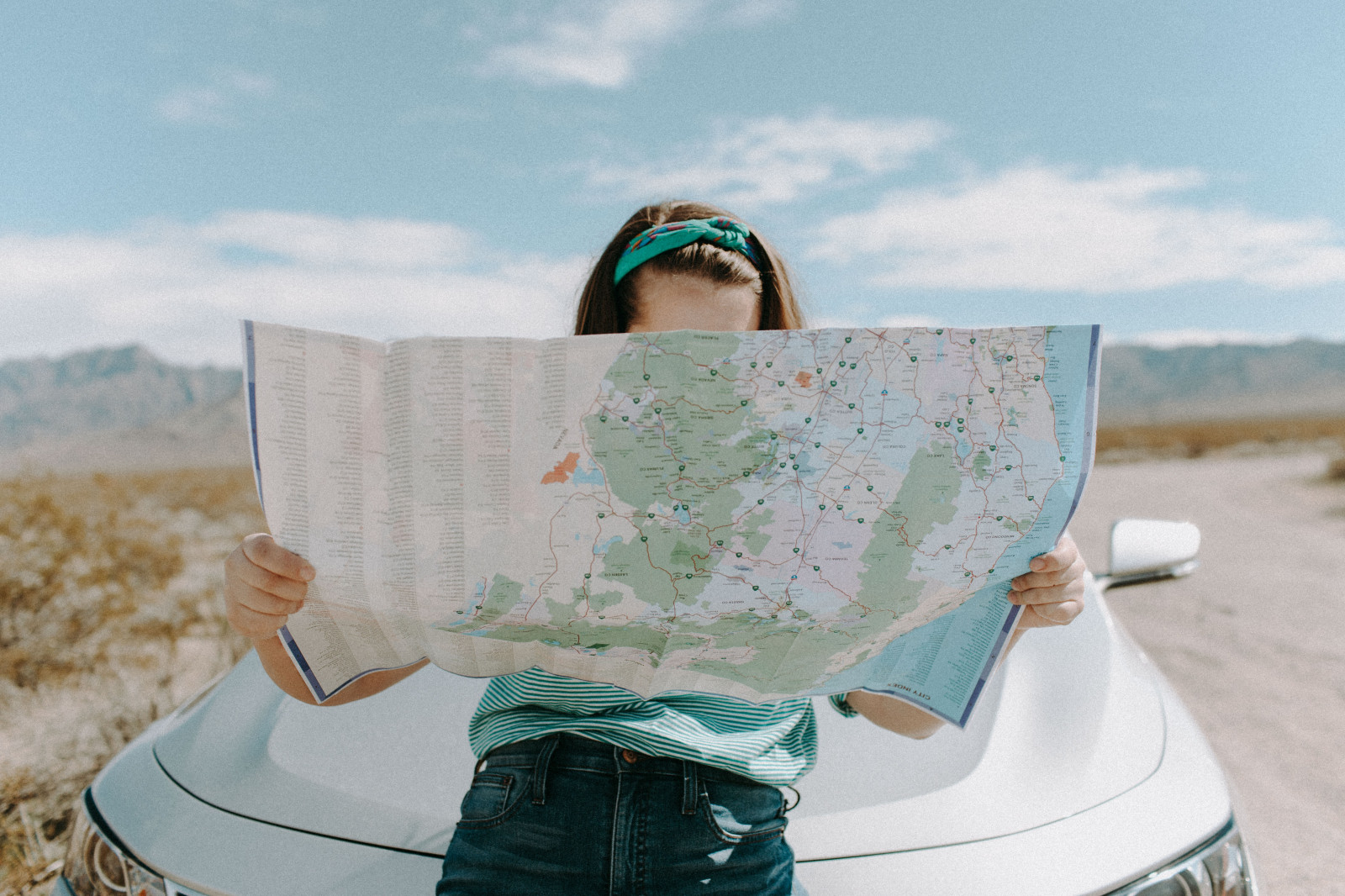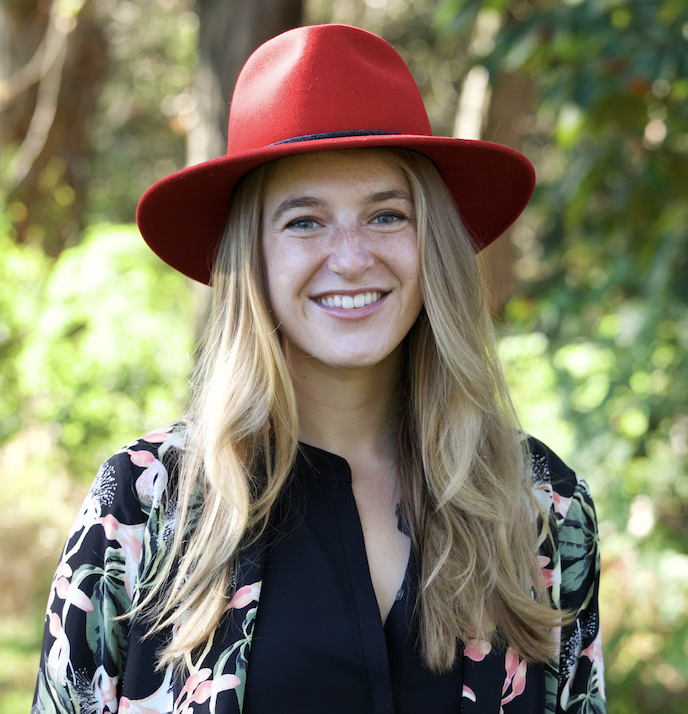BBC Radio 1’s Giant DJ Hunt shows what radio does right

Photo: Leah Kelley

What would happen if one of the biggest radio stations in the world shut down? BBC Radio 1 turned off midday last Friday because Radio 1 host Greg James failed Radio 1’s Giant DJ Hunt. In this scavenger hunt, James had one week to find all the missing radio DJs that were hidden in various locations across England and Europe before the Friday deadline. Armed with Harold The Printer sending clues to James in the studio, social media posts, and listeners calling in to decode clues, James unfortunately could not find the last DJ, Mollie King, in time for the noon deadline. So for five minutes, Radio 1 went silent — but the listeners remained. Despite the overall, long-term decline in radio’s listenership, this scavenger hunt illustrates the unique strength of live audio programming and its ability to unite a dedicated community. As radio finds its footing among major streaming platforms and the oversaturated podcast market, these characteristics will help define this format’s future.
Harnessing the power of live
The Giant DJ Hunt brought radio’s live programming to a whole new level. In this adventure, James worked out clues on-air and listeners called in potential locations, after which, anyone in the surrounding area could find the missing DJs. The locations were limitless, as listeners found DJ Benji B in Ibiza and Rickie and Melvin at the Coldplay show in Amsterdam. This scavenger hunt utilised both local and international audiences, reflecting the duality between Radio 1’s global presence and the hyper-local communities it can build around one program. These listeners now have memories of taking part in this wild search, in real time, building an even stronger connection with the station. Anyone unable to tune in live could watch video clips of DJs being found on BBC’s social media pages and listen to the episodes on the BBC Sounds app; repurposing the live program to reach on-demand audiences.
Moreover, this program shows radio’s strength in its ability to step out of the studio. In the search for King, James took the station mobile when he hopped on a boat in hopes of beating the clock, bringing every listener with him. By contrast, podcasts are pre-recorded and do not allow for much interplay between host and listener. As radio companies find their place in the rapidly-expanding audio market, its strengths in live and audience engagement could become key differentiators.
Featured Report
MIDiA Research 2026 predictions Change is the constant
Welcome to the 11th edition of MIDiA’s annual predictions report. The world has changed a lot since our inaugural 2016 edition. The core predictions in that report (video will eat the world, messaging apps will accelerate) are now foundational layers of today’s digital economy.
Find out more…Radio stations have what podcasts need: Fandom
Understandably, listeners doubted that Radio 1 would actually shut down, but when it briefly went silent, they did not turn it off. When the station returned, James and the other hosts read aloud a listener’s voice note saying it was the quietest their truck has ever been. Someone even changed BBC Radio 1’s Wikipedia page to say “BBC Radio 1 was a national radio station owned and operated by the BBC”.
This reflects one crucial fact — radio stations have cultivated loyal fandom. This brand loyalty will also be key in the oversaturated, fragmented audio environment, where creators and platforms alike are struggling to create hits.
Radio’s challenge is appealing to younger audiences, who may not be so familiar with these brands. For what it is worth, podcasts are struggling to attract Gen Z, too. But MIDiA surveys consistently reflect that Gen Z audiences are not satisfied with merely consuming content — they want to have active, participatory experiences in the entertainment they are fans of. This is something radio can deliver that podcasts do not (or at least, not yet). This content can be digitised and made available for on-demand consumption, as BBC has done with its flagship app. This will help radio continue to compete in the car — a crucial listening space that is beginning to turn over to streaming, as more new car models come with built-in audio streaming capabilities. Further, as live radio programs are repurposed to bite-sized content for social media and full videos on YouTube, live radio serves as a crucial baseline for content creation that can reach younger listeners.

The discussion around this post has not yet got started, be the first to add an opinion.